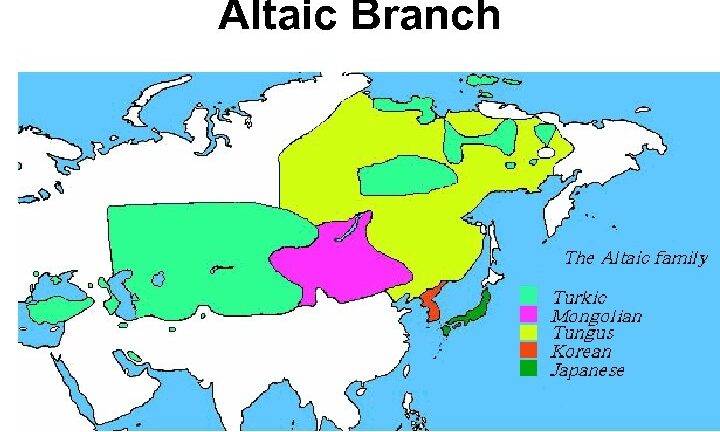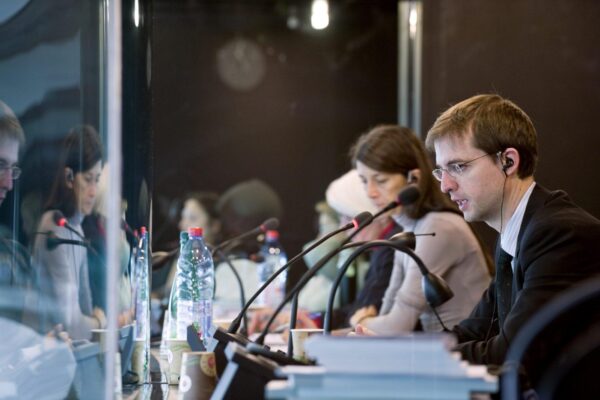are usually considered as a macrofamily, and a hypothetical one at that, although there are many arguments in favor of its recognition. It includes three main language groupings and traductor catalan español, traditionally called families, although by the standard criteria the degree of closeness of languages within each of them is characteristic of groups or maximum branches: they are Turkic (about 30 languages, and with dead languages and local varieties, whose status as languages is not always undisputed, – more than 50; the largest are Turkish, Azeri, Uzbek, Kazakh, Uighur, Tatar; total number of Turkic languages speakers is about 120 million); Mongolian (the most famous are modern Mongolian or Khalkhan) and Turkic (the most famous are modern Mongolian or Khalkhan). The most famous are modern Mongolian, or Khalkha, Buryat, Kalmyk; the total number of speakers is about 6.8 million people) and Tungus-Manchzhurian (Manchurian, Evenki, Nanai and some others; the total number of speakers is about 180 thousand people). All these languages are under the threat of extinction as a result of transition of their speakers to Russian or Chinese languages, and in the case of not so small Manchurian people – about 4.5 million people – such transition has almost been completed). Recently, it is almost generally accepted that such major languages as Korean (over 70 million people) and Japanese (about 125 million people) belong to the Altai languages (with the rights of separate branches). If these are taken into account, the total number of Altaic language speakers exceeds 320 million people.
The center of the Turkic area is Central Asia, from where they also spread in the course of historical migrations to southern Russia, the Caucasus and Asia Minor, on the one hand, and to the northeast, to eastern Siberia up to Yakutia, on the other hand. Mongolian languages, although relatively small in number, are spread over a wide area from northeastern China to southeastern European Russia; most of their speakers live in Mongolia, the Inner Mongolia autonomous region of the PRC and in Buryatia. Tungus-Manchzhur languages are spoken in northern China, Mongolia, and vast areas of central and eastern Siberia.
Many of the Altai peoples have a long literary tradition, but with the exception of Japanese, Azeri, and partly Uighur literature, this tradition has not been linguistically continuous. The earlier book culture was based on the languages that are not identified with the modern Altaic languages as their precursor stages; for the Turkic languages it is the Old Anatolian-Turkic, Turkic, and Chagatai (the question of the continuity of the ancient Uighur and modern Uighur remains a matter of debate); for Mongolian – old written Mongolian; significant literature that did not survive was in dead Jurchen and the now extinct Manchurian; in Korea until the end of the 19th century, Korean was used as a written language. the Korean version of the ancient Chinese literary language was used as a written language until the end of the 19th century.
However, there is no universally recognized reconstruction of the Altaic protolanguage, one of the reasons being the intensive contacts between the Altaic languages and numerous mutual borrowings, which make it difficult to apply standard comparativist methods.




